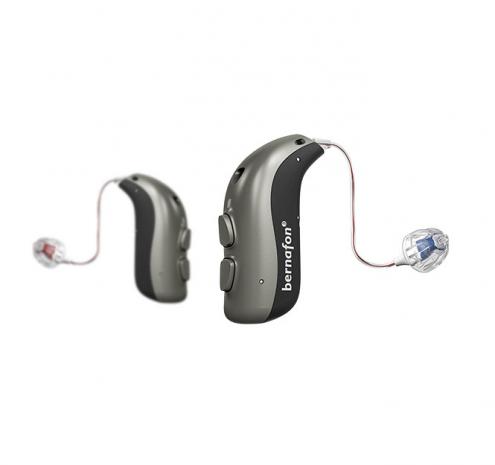
Breaking News
 LIVE ELECTION RESULTS: New York mayor, NJ & VA governor, Prop 50, Trump endorsements, latest vote
LIVE ELECTION RESULTS: New York mayor, NJ & VA governor, Prop 50, Trump endorsements, latest vote
 Sen. Markwayne Mullin Reveals Schumer Held Secret BACKROOM MEETING...
Sen. Markwayne Mullin Reveals Schumer Held Secret BACKROOM MEETING...
 RIP NYC - Muslim Communist Zohran Mamdani Wins New York City Mayoral Race
RIP NYC - Muslim Communist Zohran Mamdani Wins New York City Mayoral Race
 Dramatic Footage Shows UPS Cargo Jet Crashing At Louisville Airport
Dramatic Footage Shows UPS Cargo Jet Crashing At Louisville Airport
Top Tech News
 Japan just injected artificial blood into a human. No blood type needed. No refrigeration.
Japan just injected artificial blood into a human. No blood type needed. No refrigeration.
 The 6 Best LLM Tools To Run Models Locally
The 6 Best LLM Tools To Run Models Locally
 Testing My First Sodium-Ion Solar Battery
Testing My First Sodium-Ion Solar Battery
 A man once paralyzed from the waist down now stands on his own, not with machines or wires,...
A man once paralyzed from the waist down now stands on his own, not with machines or wires,...
 Review: Thumb-sized thermal camera turns your phone into a smart tool
Review: Thumb-sized thermal camera turns your phone into a smart tool
 Army To Bring Nuclear Microreactors To Its Bases By 2028
Army To Bring Nuclear Microreactors To Its Bases By 2028
 Nissan Says It's On Track For Solid-State Batteries That Double EV Range By 2028
Nissan Says It's On Track For Solid-State Batteries That Double EV Range By 2028
 Carbon based computers that run on iron
Carbon based computers that run on iron
 Russia flies strategic cruise missile propelled by a nuclear engine
Russia flies strategic cruise missile propelled by a nuclear engine
 100% Free AC & Heat from SOLAR! Airspool Mini Split AC from Santan Solar | Unboxing & Install
100% Free AC & Heat from SOLAR! Airspool Mini Split AC from Santan Solar | Unboxing & Install
"Hearing contact lens" claimed to outperform regular hearing aids

Described as a "hearing contact lens," the device is being manufactured by German startup Vibrosonic. It incorporates technology developed by researchers at the University of Tübingen and the Fraunhofer Institute for Manufacturing Engineering and Automation.
The one external component of the setup is a battery-equipped signal-processing module that is worn behind the ear. It's hard-wired to a smaller module that sits inside the ear canal. That module is in turn connected to the piezoelectric micro-loudspeaker, which is placed against the eardrum.
When the system's microphone picks up external noises, they're relayed to that tiny speaker, which vibrates the eardrum accordingly. Vibrosonic states that because the transmitted sounds don't have to travel through an air gap within the ear canal, there's less distortion and less interference from wind noise blowing into the ear.
Additionally, it is claimed that the technology is capable of amplifying sound across the complete audible frequency spectrum – ranging from less than 80 hertz up to 12 kilohertz – which conventional hearing aids are unable to do.
Each micro-loudspeaker is custom-made to fit the uniquely shaped eardrum of each individual user. And although the internal components do stay inside the ear canal more or less permanently, no surgery is required for their initial installation. Plans do call for the system to be further miniaturized, which will include doing away with the external module and incorporating its functions into the ear-canal module.



